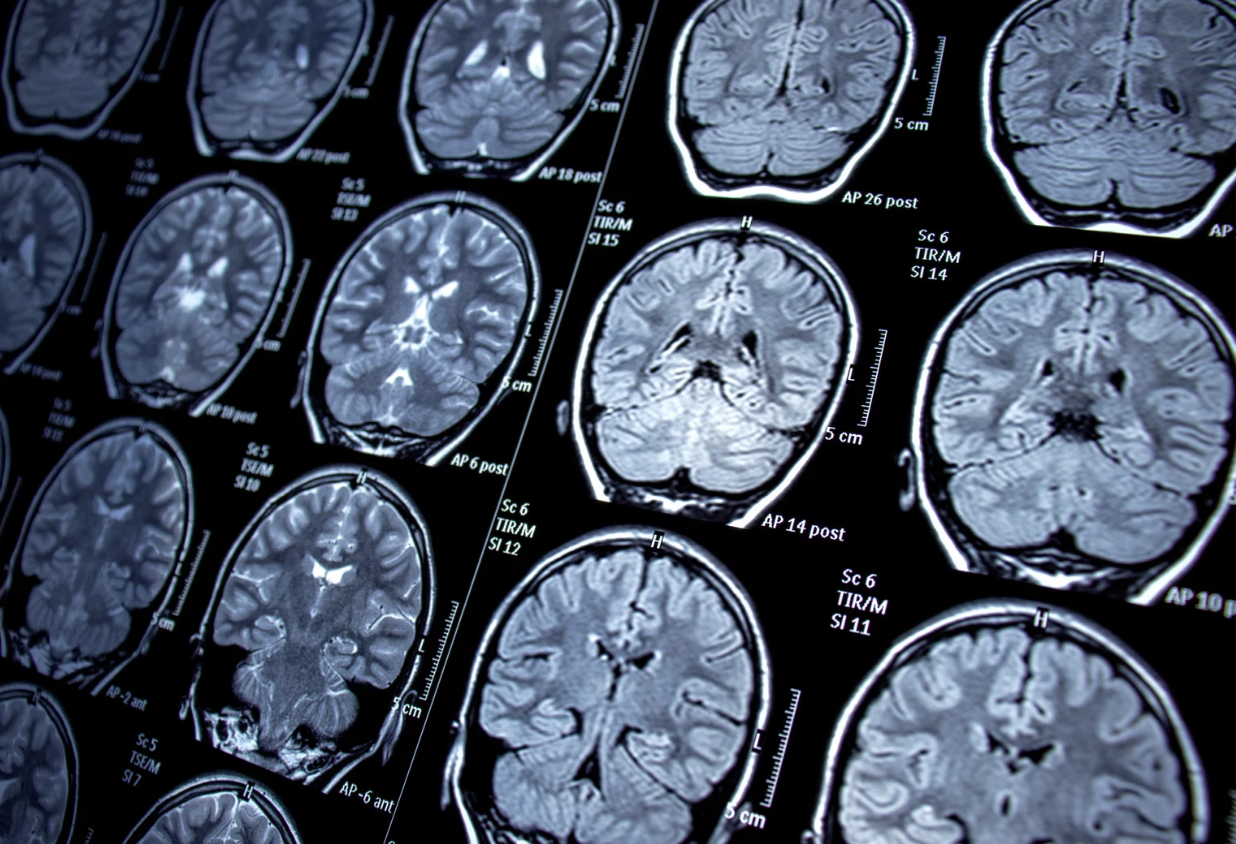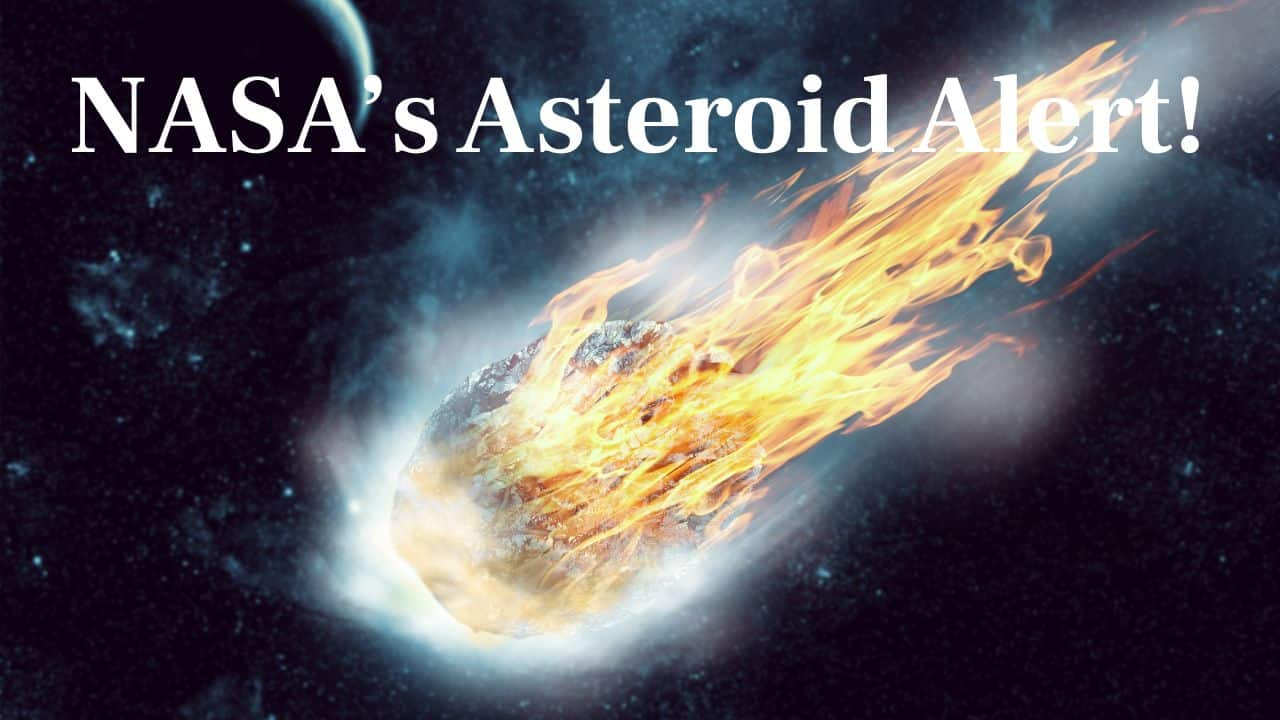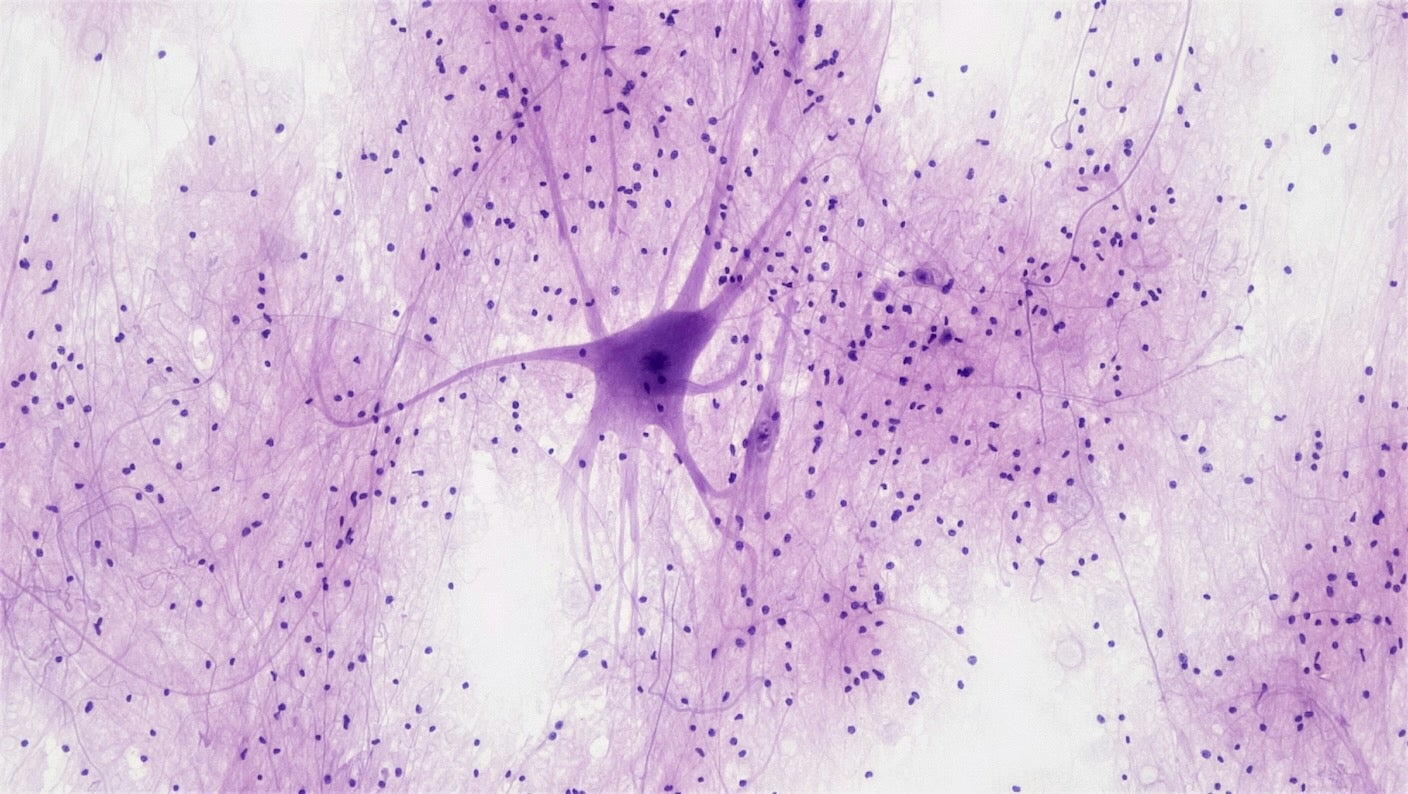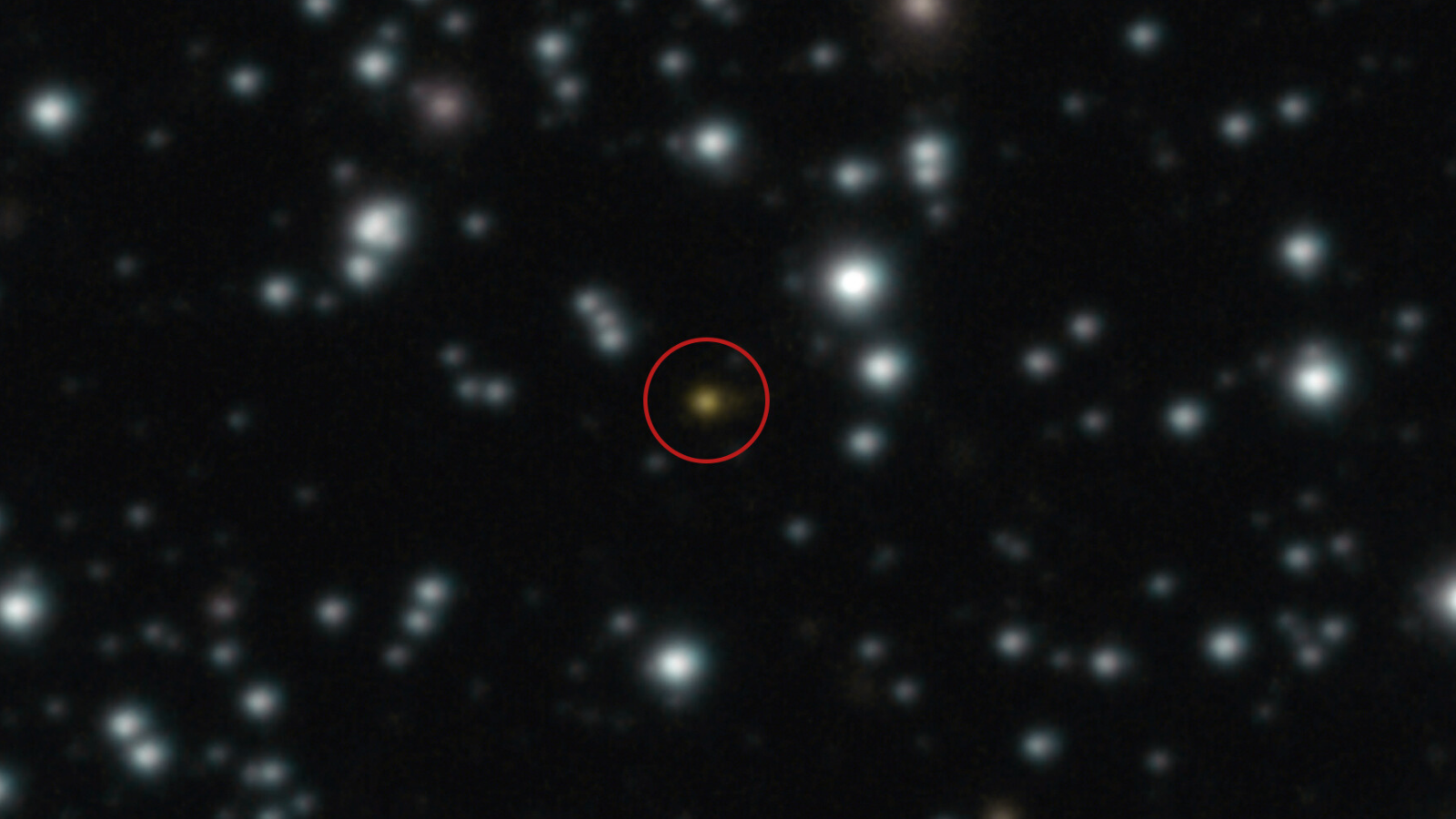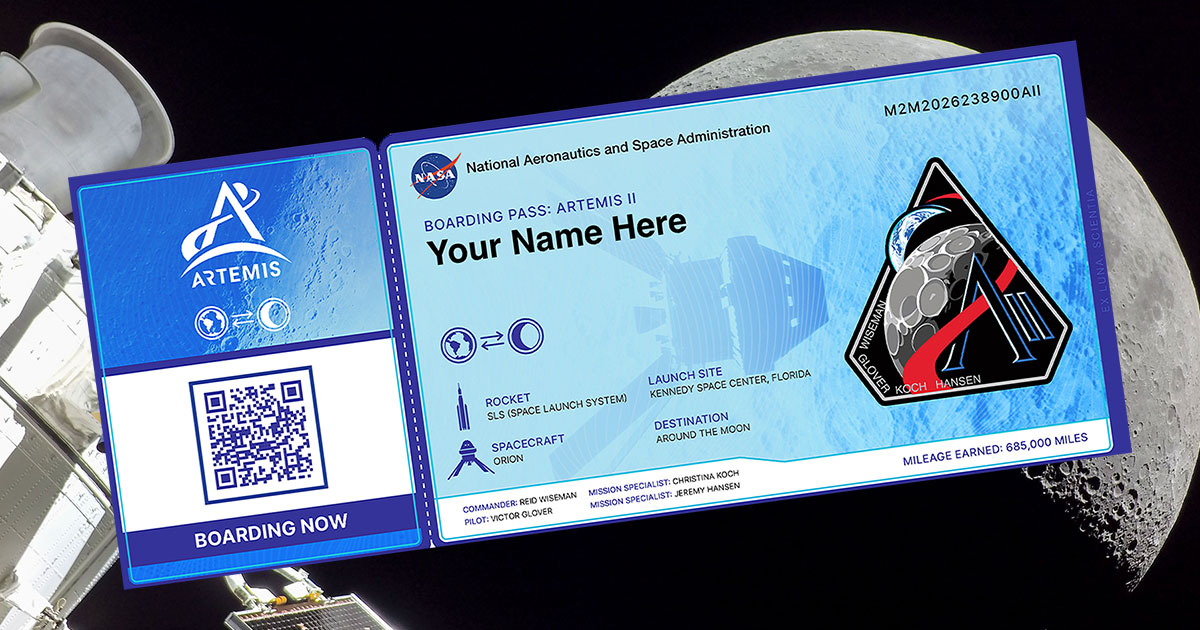Advancements in Reading Ancient Scrolls: The Herculaneum Revelation

In the year 79 AD, the catastrophic eruption of Mount Vesuvius proved devastating for the Roman settlement of Herculaneum. Among the ruins, numerous ancient writings were reduced to fragile lumps of charred papyrus. For centuries, these remnants were deemed beyond saving, as attempts to unroll them often resulted in irreversible damage, effectively sealing away the knowledge contained within.
However, recent technological advancements have brought a glimmer of hope for scholars eager to decipher the words hidden within these carbonized scrolls. At the forefront of this effort is Brent Seales, a distinguished researcher from the University of Kentucky, who has developed groundbreaking software that merges digital imaging with analytical techniques. This pioneering approach aims to unlock the rich content that was once thought irretrievably lost.
Experts have employed state-of-the-art X-ray imaging systems to scan the delicate remnants of these scrolls. This powerful technology allows for a non-invasive examination of the compressed layers of papyrus, enabling researchers to gain insights without risking damage to the fragile artifacts. By leveraging artificial intelligence, which utilizes sophisticated algorithms, scholars can identify subtle contrasts between the carbon-based papyrus and the ink, facilitating the reading process despite the complexities involved.
Among the prominent figures in this international effort is Stephen Parsons, who leads a collaborative competition aimed at deciphering the enigmatic scrolls. “We’re confident we will be able to read pretty much the whole scroll in its entirety,” Parsons stated, expressing optimism that with further training of their models, researchers will be able to reveal large passages that have long remained hidden from view.
The technique known as “virtual unwrapping” first gained traction when it was successfully applied to the En-Gedi Scroll, an ancient Hebrew manuscript discovered in the mid-20th century. Researchers have adapted similar methodologies for the Herculaneum scrolls. This adaptation proves to be more intricate due to the nearly indistinguishable nature of the papyrus and ink, presenting a challenge that scholars are keen to overcome.
Once a detailed 3D digital map is created, specialists meticulously identify each layer, aiming to visualize the letters while preserving the integrity of the scrolls. This method circumvents direct physical handling, which could potentially cause irreversible damage to the ancient texts. Papyrologists, the scholars dedicated to studying and interpreting ancient papyrus manuscripts, are actively engaging with the reconstructed images to restore lost Greek and Latin writings, including philosophical treatises on pleasure and the nuances of daily life.
Recent fragments retrieved from the scrolls indicate that they may contain previously unknown works from Epicurean philosophers. The partial texts appear to delve into concepts regarding the art of living well, pondering whether scarcity influences one’s appreciation of life's simple pleasures. Such discoveries have ignited interest among historians and researchers striving to better understand ancient beliefs and cultural practices.
Interestingly, the project has also involved the contributions of students from around the globe. Winners of a coding competition have been recognized for their role in training machine-learning models that highlighted several words and phrases that would otherwise remain invisible. “What we were able to achieve with the funding…was to formulate the scientific framework and the systematic experimentation that led directly to the methods we used,” Seales remarked, crediting collaborative support for transforming what was once viewed as an unattainable goal.
The implications of this research extend far beyond Herculaneum, as scientists are hopeful that these advanced techniques can be applied to other fragile texts often referred to as the “invisible library.” This term encompasses countless manuscripts and documents that are too delicate to handle yet are believed to hold valuable insights into antiquity.
Looking ahead, there is a burgeoning discussion about the potential to scan entire collections of damaged texts. The possibility of reading additional Herculaneum scrolls, alongside other similarly afflicted works, could fundamentally alter our understanding of the past. Experts assert that uncovering a larger portion of these scrolls will enrich our perspective on the everyday thoughts and discourse of ancient writers, enhancing our grasp of classical literature and the philosophical frameworks that shaped societal interactions and moral debates.
The focus on high-resolution imaging and artificial intelligence is anticipated to expand further. Researchers are keen to build upon the progress made so far, refining each step involved in the creation and analysis of 3D models of ancient documents. Their enthusiasm remains high, fueled by the belief that ongoing breakthroughs will continue to transform the way we recover texts that were once deemed unreadable.
“We can tell the entire scroll is full of text,” Parsons noted, encouraging more inquisitive minds to join the quest for revealing hidden writings. The excitement surrounding this research goes beyond mere academic interest; it taps into a profound human connection. Although these scrolls were written millennia ago, the opportunity to engage with the thoughts and ideas of their authors sparks curiosity and resonates with our innate desire to preserve, comprehend, and appreciate the voices of those who lived long ago.
The success achieved with the Herculaneum scrolls has prompted historians and technologists alike to reevaluate the role of artificial intelligence in the study of cultural heritage. Rather than replacing human researchers, AI is becoming an invaluable tool to uncover patterns, features, and details that might elude human observation. This innovative approach holds promise for various fields, including epigraphy, the study of ancient inscriptions, and paleography, which investigates historical handwriting.
As algorithms continue to improve, experts remain optimistic that AI will aid in translating faded or incomplete texts from archaeological sites around the world. The findings from this ongoing study have been published in the esteemed journal Nature.

















